RELG 433 - Biblical Archaeology
Course Notes
The Early Bronze Age in Mesopotamia and Syria - ca. 3,300 BC - 2,300 BC
Images in the text are linked to larger photos - click on them to see the larger pictures.
Hover the mouse over the images to see their captions and copyright credits.
![]() Mesopotamia
Mesopotamia
City states developed throughout Mesopotamia.
The Sumerian culture developed at Ur.
![]()
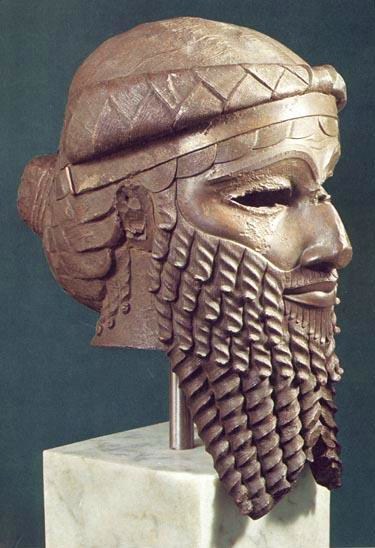
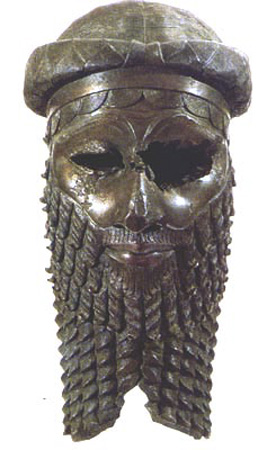 Sargon conquered some of the early Sumerian city-states, and founded the Akkadian Empire, with his capital at Agade ca. 2,370 BC.
Sargon conquered some of the early Sumerian city-states, and founded the Akkadian Empire, with his capital at Agade ca. 2,370 BC.
Note - the Sargon, king of Assyria mentioned in Isaiah 20:1 is Sargon II, a much later king
![]() Syria
Syria

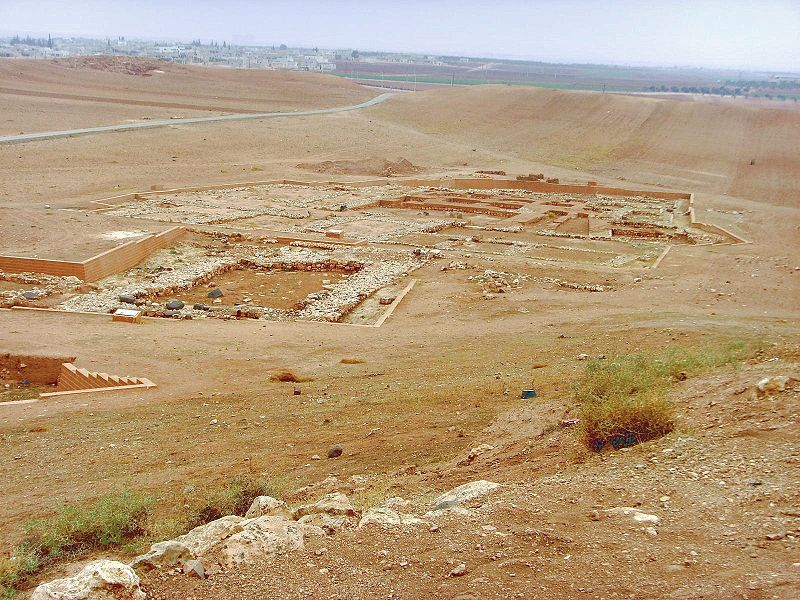 The city-state of Ebla was founded ca. 3500 BC by a Semitic people who had a form of writing using cuneiform symbols pressed into clay. The 'First Kingdom' of Ebla lasted ca.3000 - 2300 BC. Ebla became a great trading center, controlling most of northern Syria, but also coming into conflict with Mari to the East.
The city-state of Ebla was founded ca. 3500 BC by a Semitic people who had a form of writing using cuneiform symbols pressed into clay. The 'First Kingdom' of Ebla lasted ca.3000 - 2300 BC. Ebla became a great trading center, controlling most of northern Syria, but also coming into conflict with Mari to the East.

 Between 2400 and 2300 BC kings and their administrators accumulated a great library and archive of thousands of clay tablets - they appear to have been shelved by subject, and were probably the first attempt to build a true library where people could look up texts on particular subjects.
Between 2400 and 2300 BC kings and their administrators accumulated a great library and archive of thousands of clay tablets - they appear to have been shelved by subject, and were probably the first attempt to build a true library where people could look up texts on particular subjects.
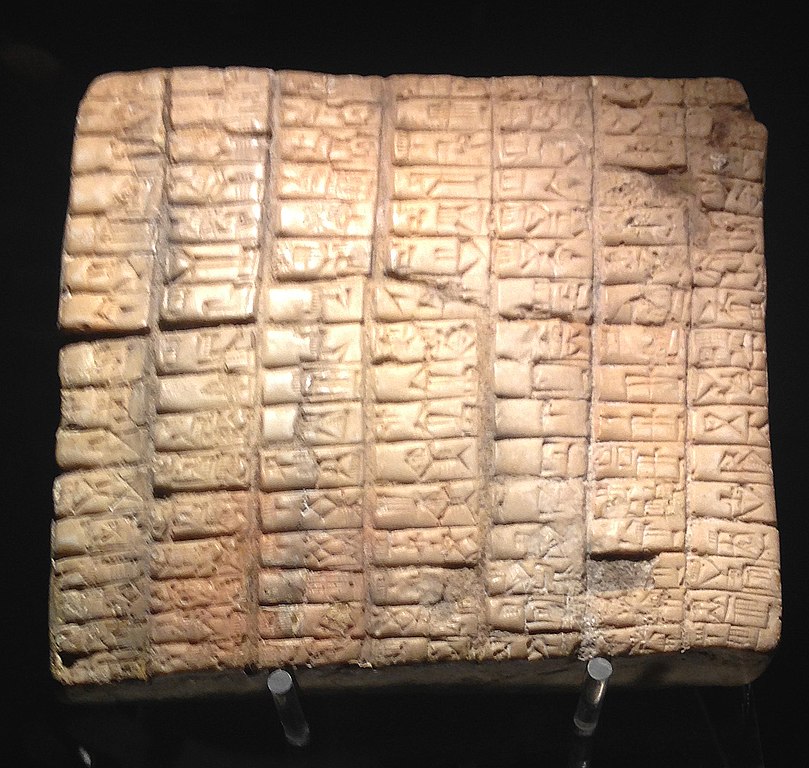
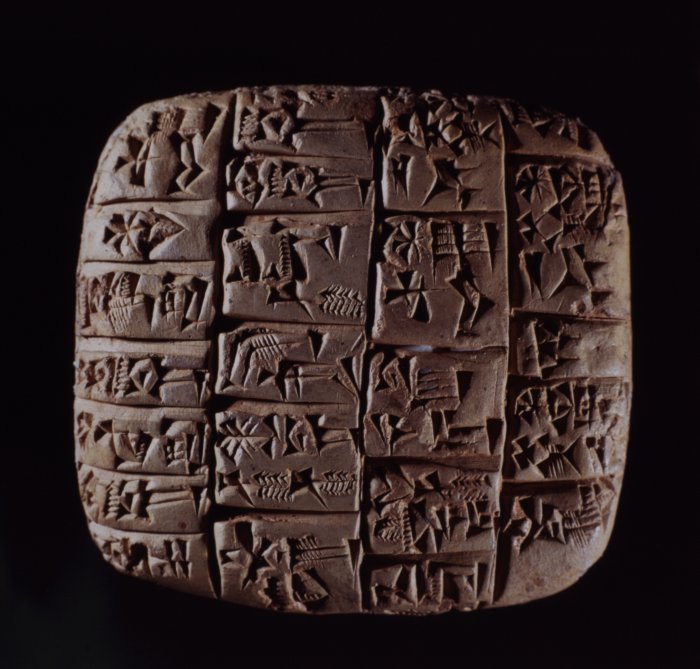
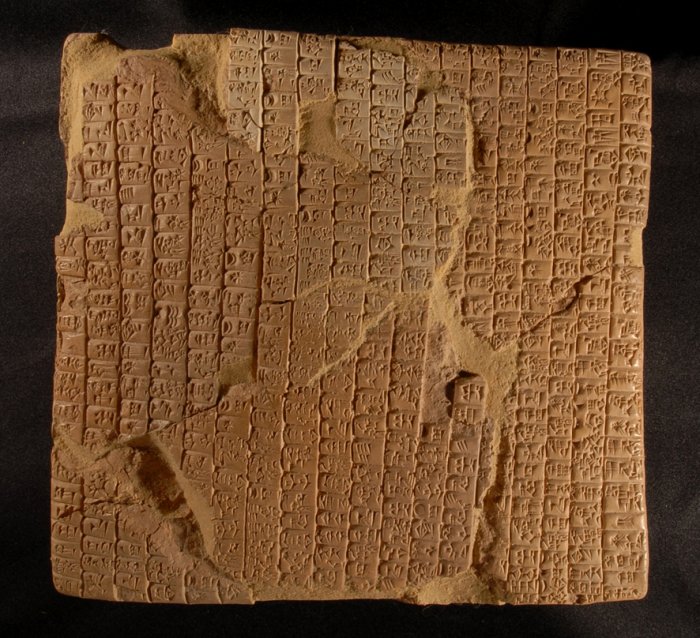
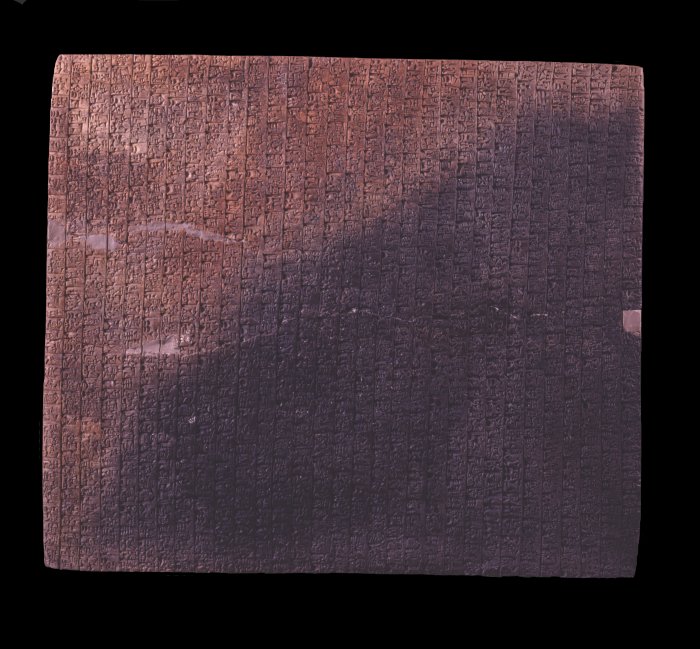 The fire which destroyed the archive baked the tablets, so they did not disintegrate over time, but remained until their discovery four thousand years later. Both Sumerian and Eblaite texts were found. At the time of their discovery, in 1974, Eblaite was a 'new' Semitic language - but decipherment was aided by the discovery of bilingual Sumerian/Eblaite texts, including bilingual vocabulary lists. They contained records of taxes and finances, correspondence with foreign states, school texts, hymns, myths, and histories. They have given new insights into life in the Levant during the Bronze Age.
The fire which destroyed the archive baked the tablets, so they did not disintegrate over time, but remained until their discovery four thousand years later. Both Sumerian and Eblaite texts were found. At the time of their discovery, in 1974, Eblaite was a 'new' Semitic language - but decipherment was aided by the discovery of bilingual Sumerian/Eblaite texts, including bilingual vocabulary lists. They contained records of taxes and finances, correspondence with foreign states, school texts, hymns, myths, and histories. They have given new insights into life in the Levant during the Bronze Age.
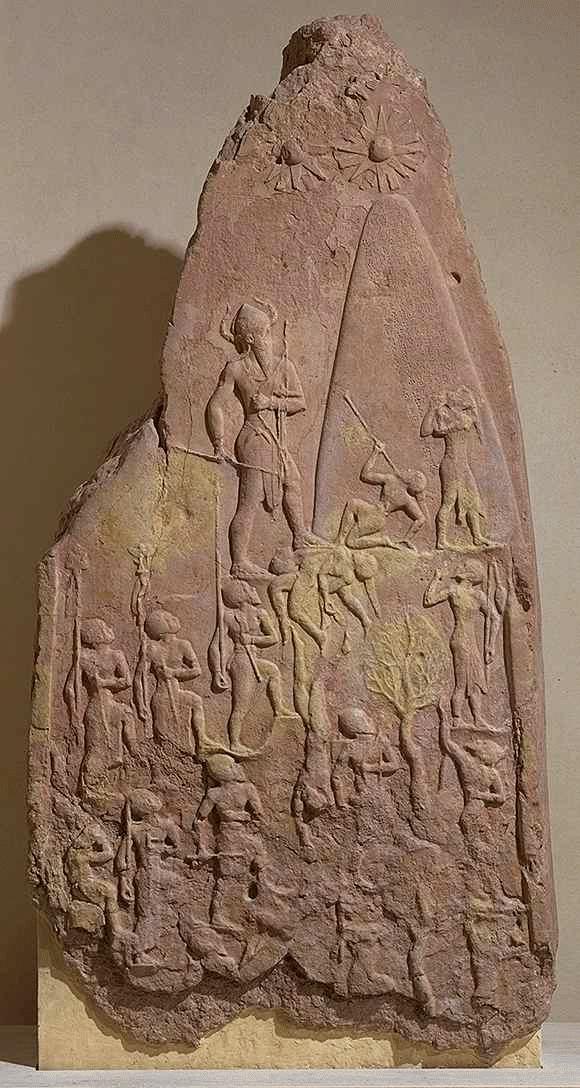
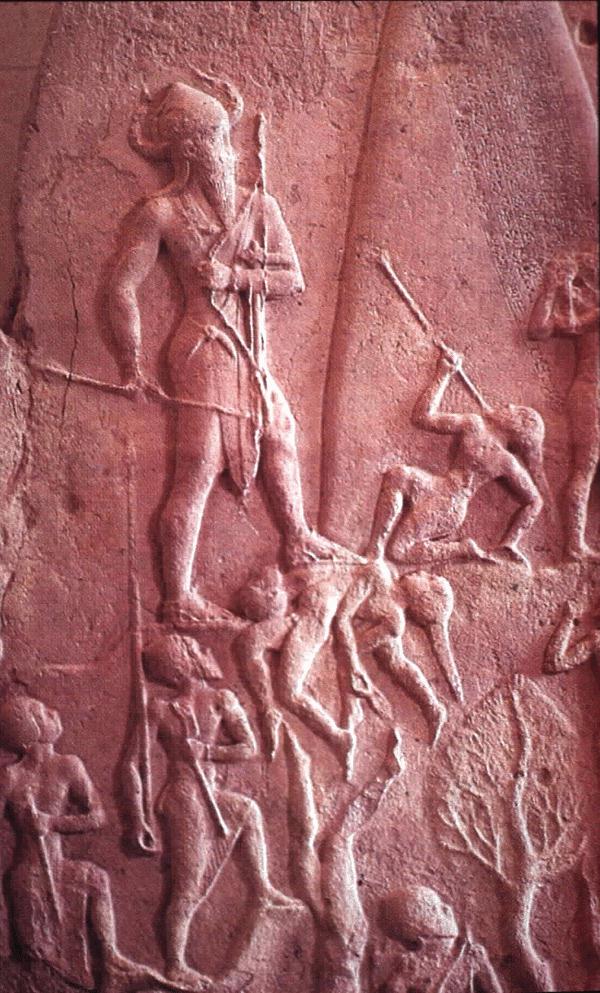
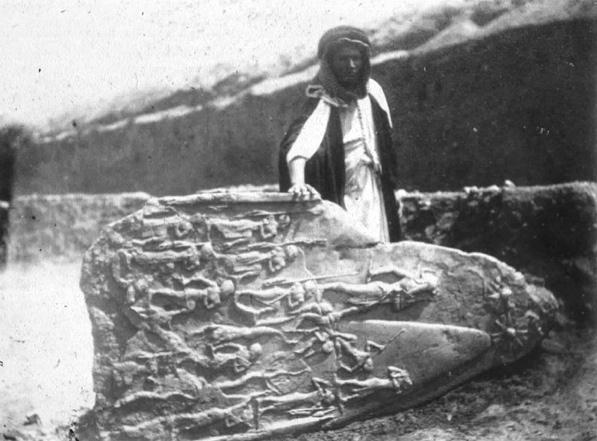 Ebla was destroyed ca 2260 BC, most probably by Naram Sin, the grandson of Sargon; some scholars attribute the destruction to Sargon. Both Sargon and Naram Sin claimed to have destroyed Ebla.
Ebla was destroyed ca 2260 BC, most probably by Naram Sin, the grandson of Sargon; some scholars attribute the destruction to Sargon. Both Sargon and Naram Sin claimed to have destroyed Ebla.
The city was re-built later, and a Second Kingdom arose (ca.2300-200BC), only to be destroyed in a fire of unknown origin.
Then the Third Kingdom (2000-1600 BC), which was destroyed by the Hittite king Mursili I ca. 1600 BC. Ebla continued as a small settlement with varying fortunes until the 7th century AD, when it was abandoned.
Excavation at Ebla was halted in 2011 due to the Civil War in Syria. Since then the site has been pillaged and looted by Syrian rebels and local villagers. In early 2020 Ebla was 'liberated' by the Syrian armed forces, but the situation in Syria is still too unstable for archaeologists to work there.
Copyright © 1999 Shirley J. Rollinson, all Rights Reserved